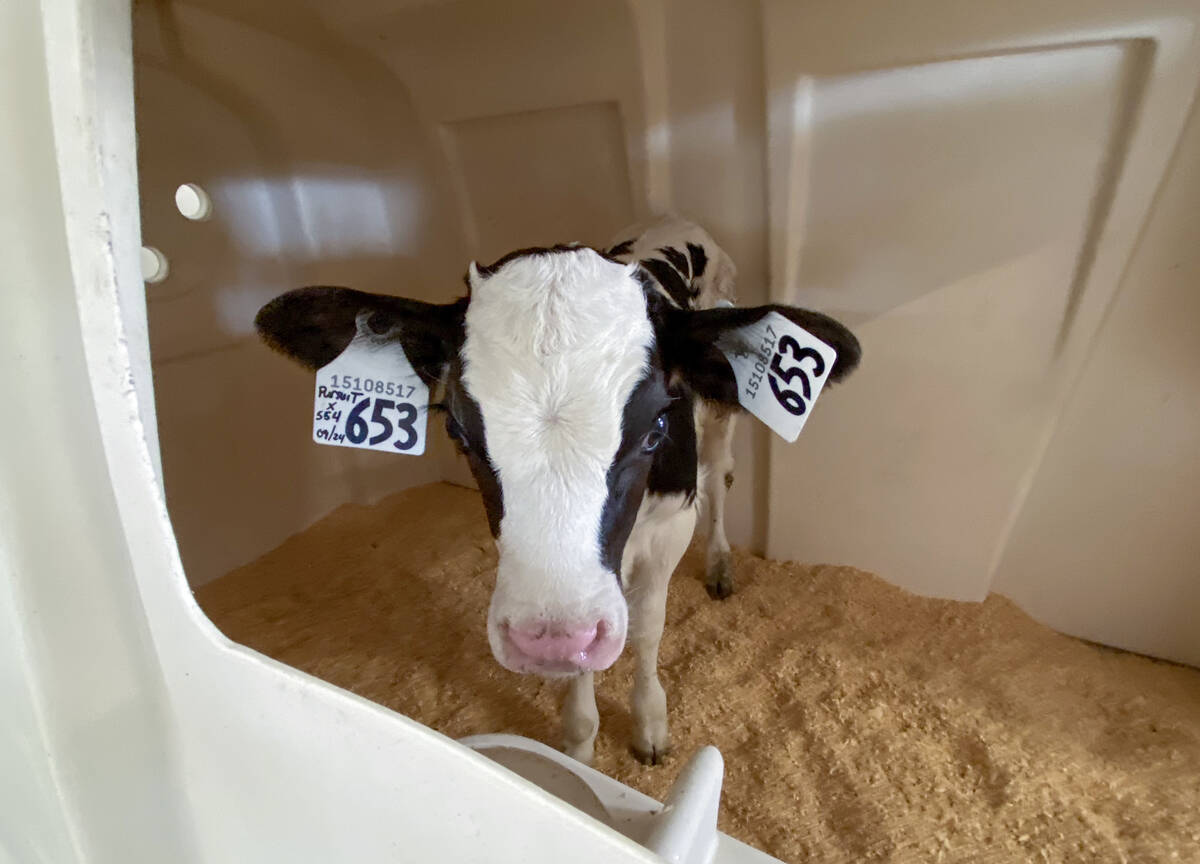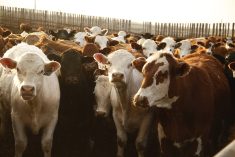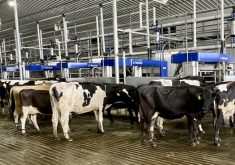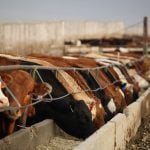In the cattle industry, we don’t pay much attention to the clostridium perfringens group of diseases because most producers vaccinate for it in one form or another.
These diseases are covered in the multivalent clostridial vaccines. Also, certain ones are covered in the scours vaccines so calves get protection in the colostrum and then are vaccinated for them later as young calves.
Why it matters: Following a vaccination protocol can not only help protect against specific diseases but can also offer cross-protection for others.
Read Also

Lactanet turns methane expertise into business opportunity
Lactanet’s new fee-for-service breeding tool initiative to reduce greenhouse gas emissions in Canadian and Swiss Holstein herds will launch in April 2026.
The exception is clostridium perfringens A, also known as jejunal hemorrhagic syndrome, which is primarily a disease seen in dairy cows in Canada.
This group of diseases is another reason to keep clostridial and scour vaccines current and boosted at least yearly in your herd.
For those who give these two vaccines to the herd by vaccinating the cows for scours, they are essentially boosting for these specific diseases twice a year, although sometimes clostridial and scour vaccines are given at the same time depending on the herd.
Scours vaccines are given close to calving and clostridial vaccines for cows are given close to grazing when they may come in contact with the clostridial spores.
The perfringens are spore-producing bacteria that produce toxins that can kill cattle. Death can be rapid but there are generally signs.
The common ones are hemorrhagic diarrhea that sometimes also leads to toxemia, resulting in a very sick-looking animal and weakness from anemia resulting from the blood loss.
Other diarrhea diseases such as coccidia or salmonella are on our differential list. Determining which is present may require manure testing because all these diseases have a different treatment regime.
If it is pefringens, then determining which type and whether that type is being vaccinated for goes a long way to eliminating this disease for our cattle production cycle.
Vaccines are efficacious and have been for years. If your veterinarian is suspicious when doing an autopsy and you have hemorrhagic and blood-filled intestines, it may be wise to have the perfringens bacteria typed because there are A to E types, with B and C being the most common. They produce toxins when they grow and a toxemia kills the animal. They produce a toxin or a combination of toxins, which is why some cross protect for each other.
A lot of the multivalent (seven- , eight-, or nine-way) vaccines have C and D in them. One of the scours vaccines has perfringens C and D in it and it cross protects for B. The other two scours vaccines on the market have just C in them.
Clostridial diseases are complicated but my advice in practice was to try and get as broad a coverage as you can. Different from the other clostridial diseases, perfringens gives latitude to be able to treat successfully. Those groups of organisms are often sensitive to penicillin so the treatment may be substantially different than other diseases you treat for.
I talked to a swine practitioner and they were getting clostridium deaths in sows and although clostridial is not a major issue in pigs, in this case it was. The vet used a clostridial cattle vaccine on the swine to alleviate the problem. As veterinarians, we need to make these moves by using science and our best judgment to reduce sickness and death.
On another disease course, I read where a zoo has given COVID-19 vaccinations to their primates and big cats primarily because of the susceptibility of those species. There are specific clostridial vaccinations for sheep that have clostridium perfringens in them and they are often used by veterinarians for goats as well.
Virtually nothing is on the label in Canada for species like goats or bison but the clostridial diseases are the most common vaccine administered to both species.
In feedlots where grain is fed, slowing down gut motility, we can get proliferation of these organisms but again their good vaccination status prevents this disease in most cases. The clostridial vaccines have very high effectiveness.
With clostridial perfringens diseases most of you are vaccinating for them without even knowing it because the clostridial vaccines provide that protection.
However, unlike blackleg, tetanus, or redwater disease that cause sure death in the animals, with clostridium perfringens there may be time to successfully treat the animals, especially in young calves.
Perfringens A can cause hemorrhagic bowel syndrome. Ideally, it would be great to get a product called Covexin 10 licensed in Canada because it also contains clostridial perfringens A. It was developed in New Zealand and is also licensed there for sheep at half the dose.
At times, products available in other parts of the world don’t get to Canada mainly because of cost, the difficulty to get licensed and the size of our market. Veterinarians can still get products into Canada as an emergency drug release for things like clostridial perfringens A with a vaccine named Essential 1.
While more progress in how we can treat these diseases would be helpful, if we vaccinate properly clostridial perfringens should be rarely diagnosed.














